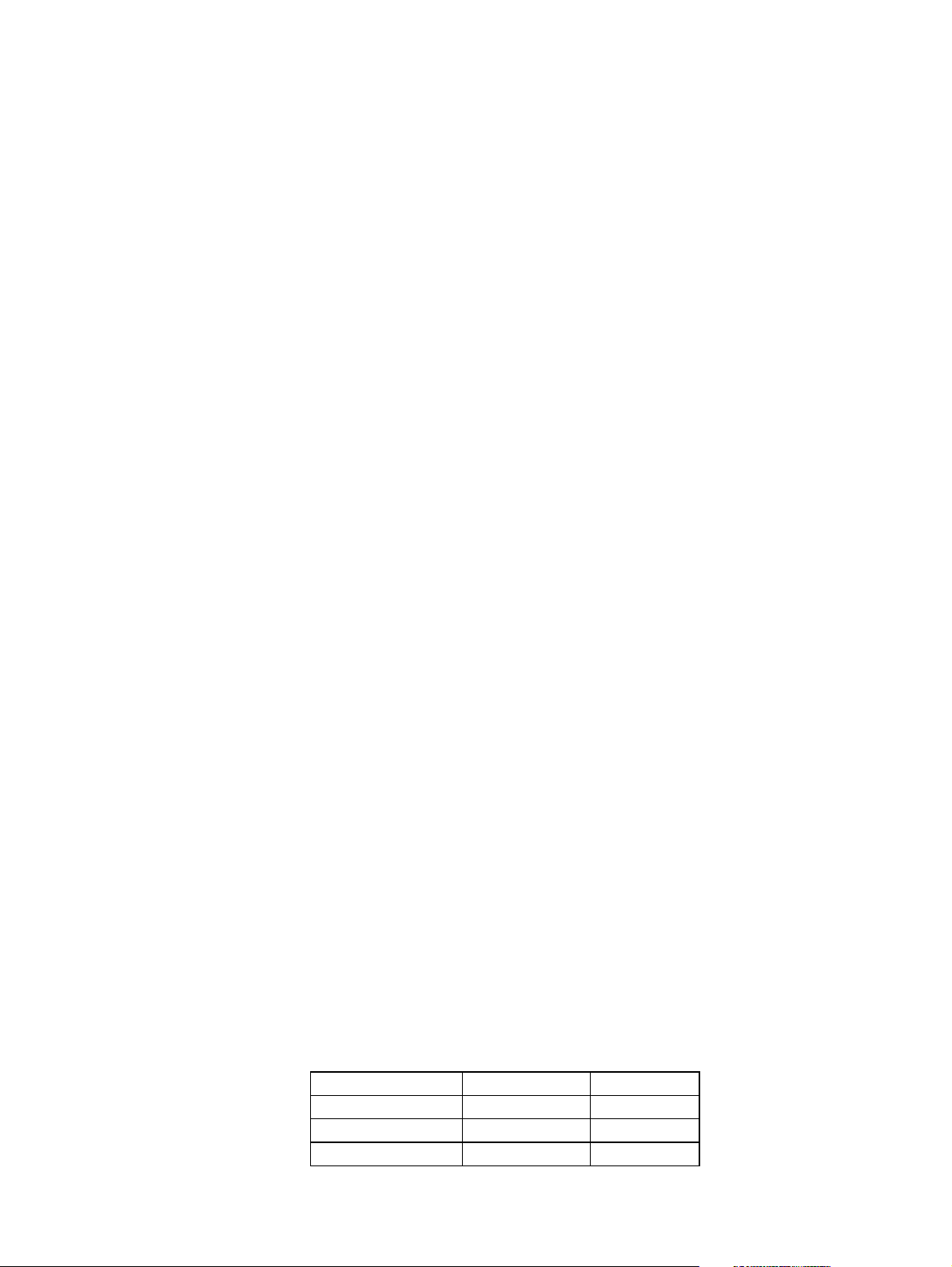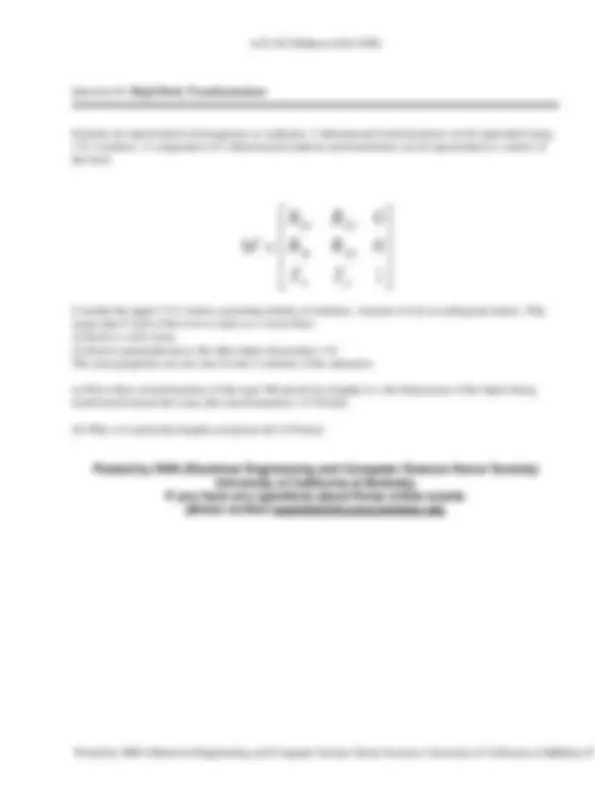



Study with the several resources on Docsity

Earn points by helping other students or get them with a premium plan


Prepare for your exams
Study with the several resources on Docsity

Earn points to download
Earn points by helping other students or get them with a premium plan
Community
Ask the community for help and clear up your study doubts
Discover the best universities in your country according to Docsity users
Free resources
Download our free guides on studying techniques, anxiety management strategies, and thesis advice from Docsity tutors
This is a midterm exam for the university of california, berkeley's cs 184 course on foundations of computer graphics, held in fall 1990. The exam covers topics such as raster memory requirements, colortable management, video display technology, and rigid body transformations. It includes 4 problems, each with varying points, and requires students to demonstrate their understanding of computer graphics concepts and principles.
Typology: Exams
1 / 3

This page cannot be seen from the preview
Don't miss anything!


College of Engineering
Department of Electrical Engineering
and Computer Sciences
Computer Science Division
Fall 1990 CS 184 Professor Brian A. Barsky 16 October 1990 Foundations of Computer Graphics
TA's: Dan Wexler, Ajay Sreekanth, Ruth Rosenholtz and Mark Halstead
Enclosed is your very own personal copy of the Computer Science 184 Midterm Examination (one copy per person, please). In the ensuing two hours, you should answer all the questions to the best of your ability. Feel free to use the back of each page for additional answer space. Do not panic. You will have time. Pay attention to the point values listed by each problem, so that you don't spend lots of time on the lower-valued problems.
Good Luck!
Problem Possible Score 1 20 2 20 3 20
Total Score 100
Question #1: Raster Memory Requirements
For a raster display of resolution 1280 x 1024 pixels that uses a color mapped display , find the amount of total memory required for each of the following configurations:
a) 4096 possible colors, 256 entry color map. (8 Points)
b) 4 bit planes each for Red, Green and Blue primaries, a 1 bit overlay plane and 1 color map for each primary color that can display 256 possible shades of each primary color. (12 Points)
Question #2: Balanced Colortable
If a colortable contains 256 entries, each of which is a triple (R,G,B) where R,G, & B are floating point numbers between 0 and 1 (inclusive), describe a method of setting up and using the lookup table with the goal of covering the entire color spectrum as uniformly as possible. Include Pseudo-code of two routines:
a) One to initialize the entries in the colortable with appropriate floating point representation of color values. Use the routine set_ct_index(ind, R, G, B) to set an index (ind) to correspond to the color triple [R,G,B]. ( Points)
b) A second routine used to find the index into the colortable which most closely matches the requested color vector. For example,
int color_index(float red, grn, blu) would return as its result the index in your lookup table which is closest to the requested value [red,grn,blu]. Aim for efficiency! (10 Points)
Question #3: Video Display Technology
Assuming a non-interlaced video display measuring 12" x 14" with 640 scanlines per frame, a frame rate of 60Hz, and horizontal and vertical retrace times of 7 microsec. and 1250 microsec. respectively, and that the vertical velocity of the elctron gun is constant except during vertical retrace , determine the angle from the horizontal that the electron gun's beam makes as it travels from one side of the screen to the other during:
(a) actual drawing of each scanline. (10 Points)
(b) horizontal retrace. (10 Points)